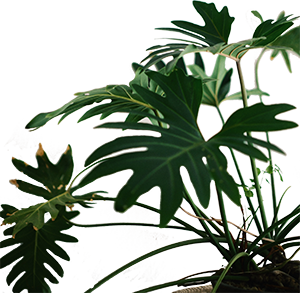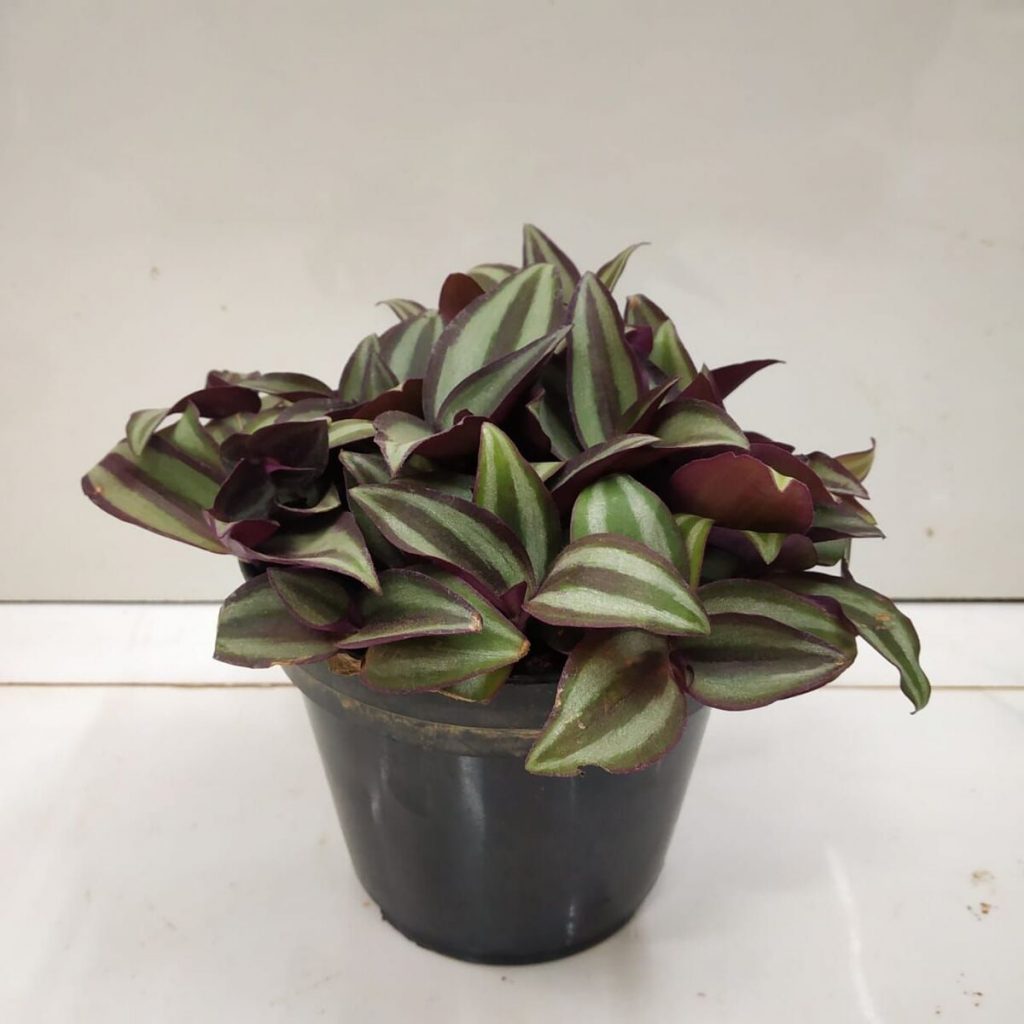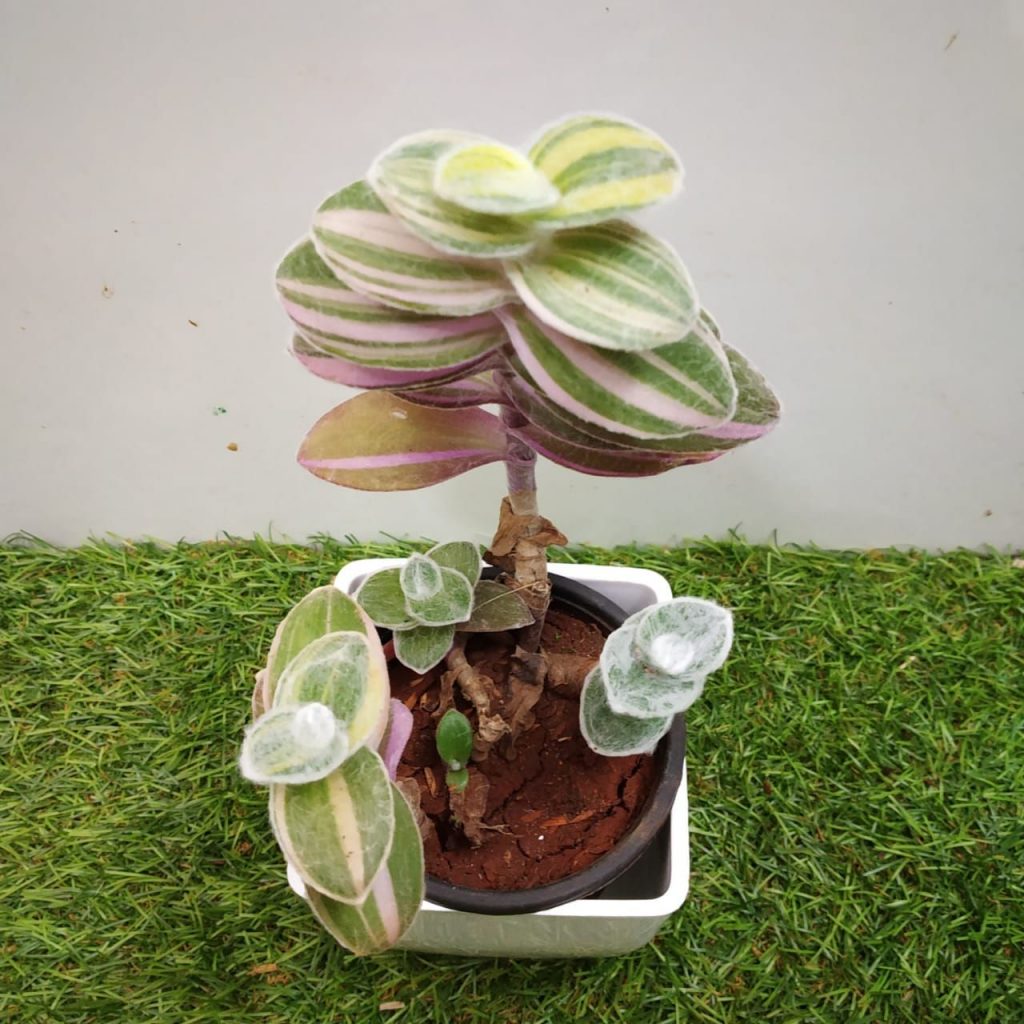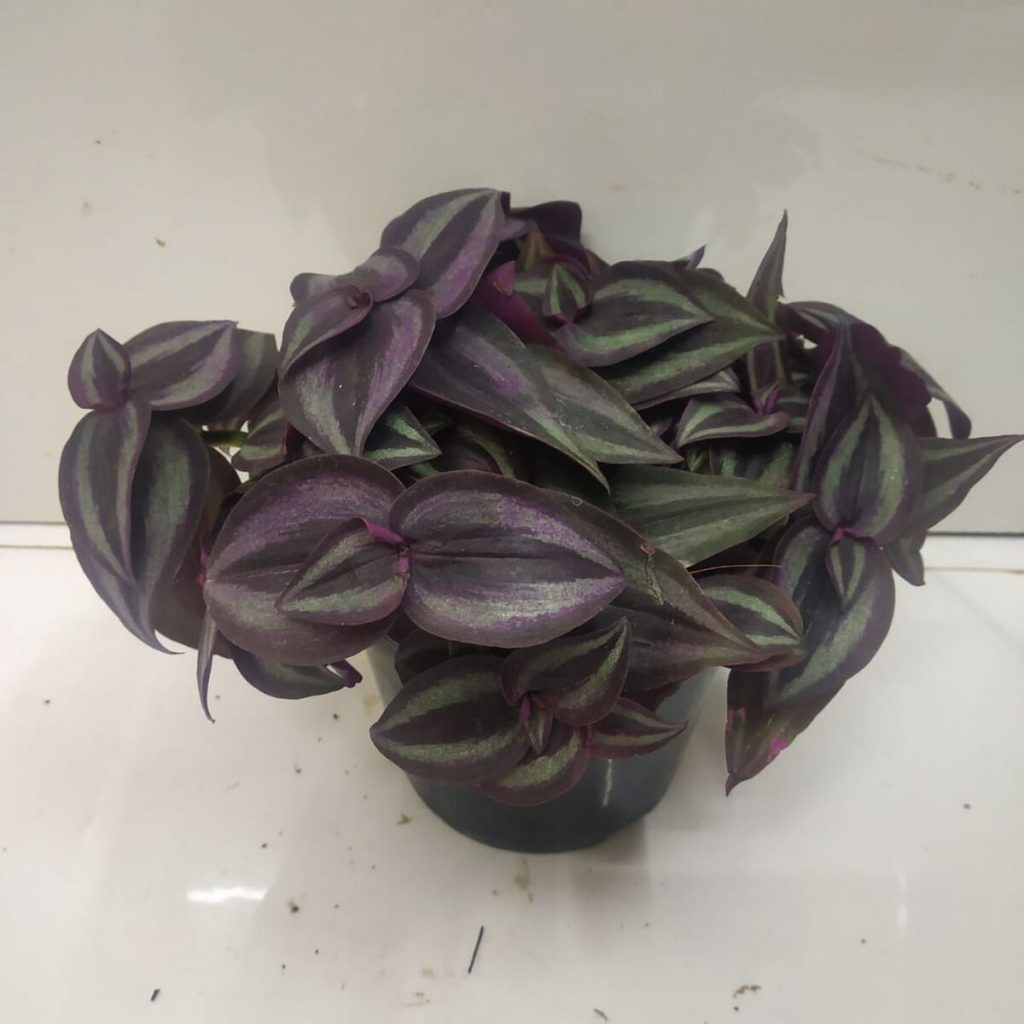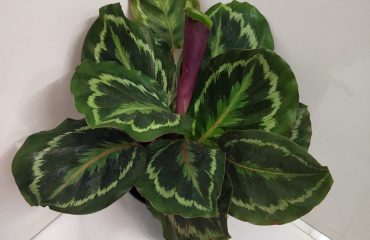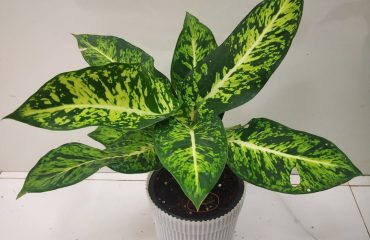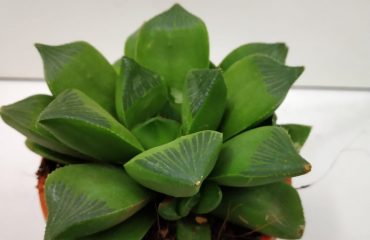How to care for your Tradescantia Zebrina
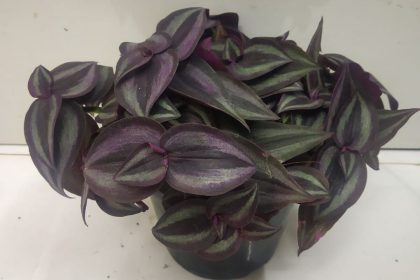
Tradescantia are much loved for their variegated leaves, deep purple color (although there are also green varieties!) and for how extremely easy they are to propagate. They make a lovely, understated statement in outdoor garden beds or planters, and are perhaps even more striking indoors when allowed to trail in hanging baskets. Here’s how to make sure they thrive and put their best foot forward.
Plant Types
As with most plants, it’s hard to pin down and distinguish between the different types. You might now these guys by other names, like inch plants, Purple Heart or Wandering Jew. There are many different varieties including: Tradescantia fulminensis, Tradescantia zebrina, and Tradescantia albiflora. The most popular ones have green or silvery variegated leaves with purple undersides, although they can also come in pink as well.
ize & Growth
Nanouk Tradescantia has a very compact and upright growth habit and spreads freely. The plant typically reaches a height and width of just under three-and-a-half inches.
The plants’ stems are thick, and the leaves are smooth on the top and a bit furry on the underside.
The leaves of Tradescantia Nanouk are impressively healthy, strong and rather plump. Leaf coloration is quite lovely in shades of green, light purple, grayish green, pink and cream.
Flowering & Fragrance
Flowers may be either pink or white and appear continuously throughout the plants’ growing season, which is spring through early autumn. When kept indoors, Tradescantia Nanouk may also bloom through the winter months.
Light & Temperature
Tradescantia albiflora ‘Nanouk’ does well in bright indirect sunlight or in full sun. Bright indirect light leads to greater flower production. Too little light will cause the foliage to fade.
The ideal temperature for the Nanouk Tradescantia cultivar is between 55° and 75° degrees Fahrenheit. Outdoors, this Tradescantia is winter hardy in USDA hardiness zones 10 through 12.
Watering & Feeding
As with most houseplants, overwatering is far more problematic than under watering. Allow the soil to become almost dry and then water thoroughly.
Generally speaking, Tradescantia Nanouk will do well with a weekly watering. Never allow the plant to stand in water.
Light & Temperature
Tradescantia albiflora ‘Nanouk’ does well in bright indirect sunlight or in full sun. Bright indirect light leads to greater flower production. Too little light will cause the foliage to fade.
The ideal temperature for the Nanouk Tradescantia cultivar is between 55° and 75° degrees Fahrenheit. Outdoors, this Tradescantia is winter hardy in USDA hardiness zones 10 through 12.
Watering & Feeding
As with most houseplants, overwatering is far more problematic than under watering. Allow the soil to become almost dry and then water thoroughly.
Generally speaking, Tradescantia Nanouk will do well with a weekly watering. Never allow the plant to stand in water.
As with most Tradescantia, this cultivar does not really need fertilizer. If you do want to fertilize your plant, give it a half strength solution of a good quality liquid houseplant fertilizer.
Soil & Transplanting
Good drainage is a must. If your soil tends to be a bit heavy, add some perlite or coarse sand to lighten it up.
When kept as a potted plant, Nanouk Tradescantia does well in any high quality potting soil mix or container mix. You can improve the quality of the soil by adding organic matter such as compost, mulch, or peat moss.
When kept outdoors as a landscape plant, all of these caveats apply. Be sure that your soil is amended properly so that it supplies nourishment, holds the right amount of moisture and allows excess moisture to drain away.
Grooming & Maintenance
Even though Tradescantia Nanouk is bred to be compact, it still has some of the sprawling and wandering habits of its cousins. Keep the plant pinched back to encourage bushier growth.
If your plant begins to sprawl and looks a little bit thin at the top, trim off leggy cuttings and simply poke them into the soil in the center of the pot. They will quickly take root and fill out your plant.


